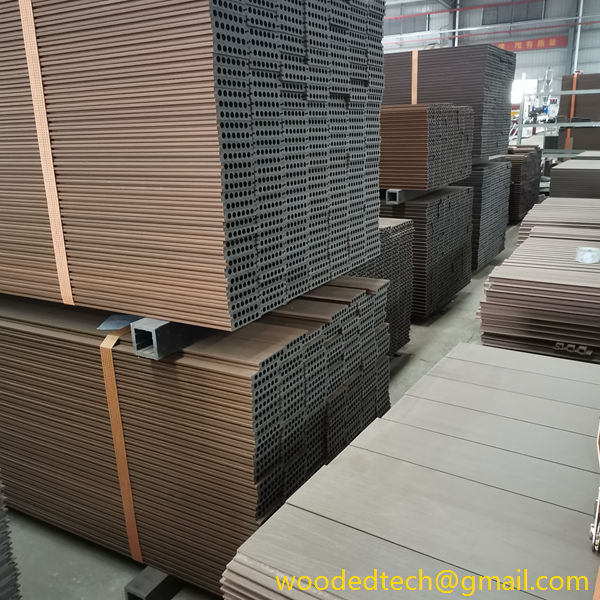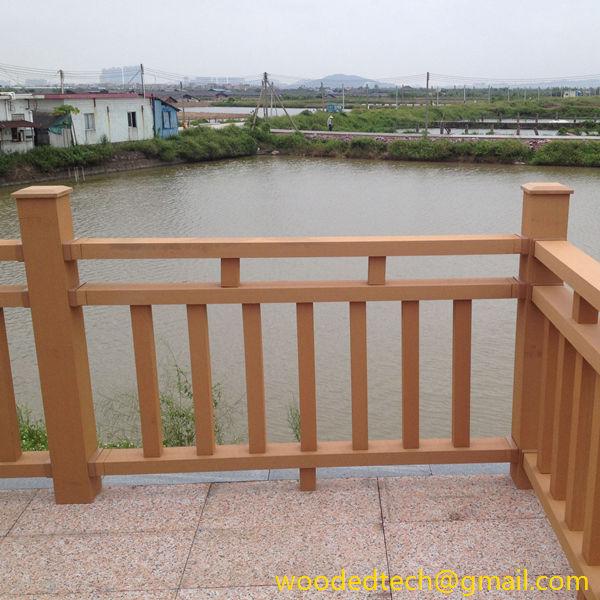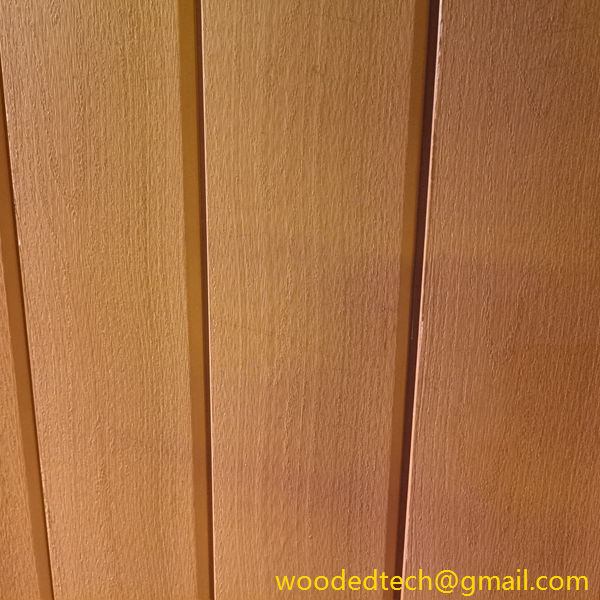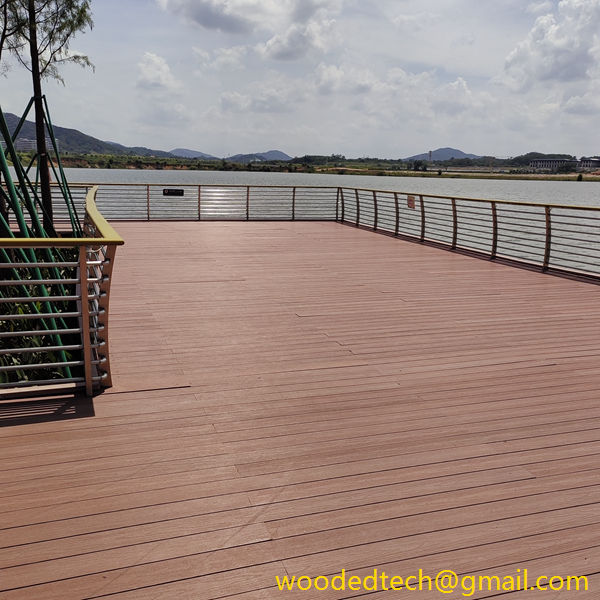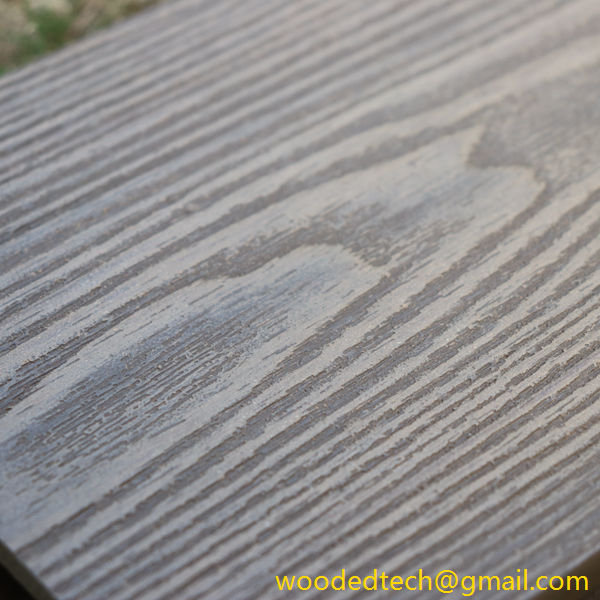Is Plastic Wood Toxic? What to Consider
Is Plastic Wood Toxic? What to Consider As environmental concerns grow and the demand for sustainable materials increases, plastic wood has emerged as a popular alternative to traditional wood. Plastic wood, often made from recycled plastics, aims to replicate the look and feel of real wood while offering enhanced durability and resistance to the elements….
Is Plastic Wood Toxic? What to Consider
As environmental concerns grow and the demand for sustainable materials increases, plastic wood has emerged as a popular alternative to traditional wood. Plastic wood, often made from recycled plastics, aims to replicate the look and feel of real wood while offering enhanced durability and resistance to the elements. However, questions regarding the toxicity of plastic wood materials have arisen, prompting many consumers to evaluate whether they are making a safe choice for their homes and outdoor spaces.
To determine whether plastic wood is toxic, it is essential to understand what it is made of and how it is produced. Most plastic wood products are manufactured using high-density polyethylene (HDPE) or polyvinyl chloride (PVC), both of which are types of plastic. HDPE is commonly derived from recycled materials such as milk jugs, detergent bottles, and other plastic containers. PVC, on the other hand, is a synthetic plastic polymer that has been used in various applications for decades.
When assessing the toxicity of plastic wood, one must consider the potential for harmful chemicals to leach into the environment or come into contact with humans. One of the key concerns with PVC is the presence of phthalates, which are additives used to increase flexibility and durability. Phthalates have been linked to a range of health issues, including hormonal disruptions and developmental problems. However, many manufacturers have begun to produce phthalate-free PVC products in response to consumer demand for safer options.
Another factor to consider is the presence of heavy metals in plastic wood products. Some recycled plastics may contain traces of heavy metals such as lead, cadmium, or mercury, which can pose health risks if they leach into soil or water. Reputable manufacturers will conduct testing to ensure their products meet safety standards and do not contain harmful levels of these substances. When purchasing plastic wood, consumers should look for certifications or labels that indicate compliance with safety regulations.
In addition to potential chemical exposure, the environmental impact of plastic wood should also be taken into account. While plastic wood is often marketed as a sustainable alternative to traditional lumber, the production process can still have significant environmental consequences. For instance, the extraction and processing of raw materials for plastic production can contribute to pollution and habitat destruction. Moreover, while plastic wood is recyclable, the recycling infrastructure for plastics is often inadequate, leading to increased waste in landfills.
It is also important to consider how plastic wood is used in different applications. For outdoor furniture, decking, and playgrounds, plastic wood offers numerous advantages, such as resistance to rot, insects, and fading from UV exposure. These properties can lead to lower maintenance costs and a longer lifespan compared to traditional wood. However, in indoor applications, such as cabinetry or furniture, the aesthetic value may not match that of natural wood, which is often preferred for its warmth and character.
When evaluating whether plastic wood is a suitable choice for your needs, it is important to weigh the pros and cons. On the positive side, plastic wood is typically more durable and requires less maintenance than traditional wood. It is resistant to moisture and pests, which can be particularly beneficial for outdoor applications. Additionally, the use of recycled materials in plastic wood production helps divert waste from landfills and reduces the demand for new raw materials.
On the other hand, there are valid concerns regarding the long-term environmental impact of plastic wood and its potential toxicity. While many manufacturers are taking steps to minimize harmful substances in their products, it is crucial for consumers to do their research and choose products from reputable sources. Reading reviews, consulting safety certifications, and seeking out brands known for their commitment to sustainability can help ensure that you are making an informed decision.
Ultimately, the question of whether plastic wood is toxic does not have a straightforward answer. It varies based on the specific materials used in production, the manufacturing processes, and the intended application of the product. By considering these factors and being aware of the potential risks, consumers can make choices that align with their values and health concerns.
In conclusion, while plastic wood presents a promising alternative to traditional lumber, it is essential to remain vigilant about its potential toxicity and environmental impact. As the market for sustainable materials continues to evolve, manufacturers are likely to innovate and improve the safety and sustainability of plastic wood products. By staying informed and making conscientious choices, consumers can contribute to a more sustainable future while enjoying the benefits of durable, low-maintenance materials in their homes and outdoor spaces.


